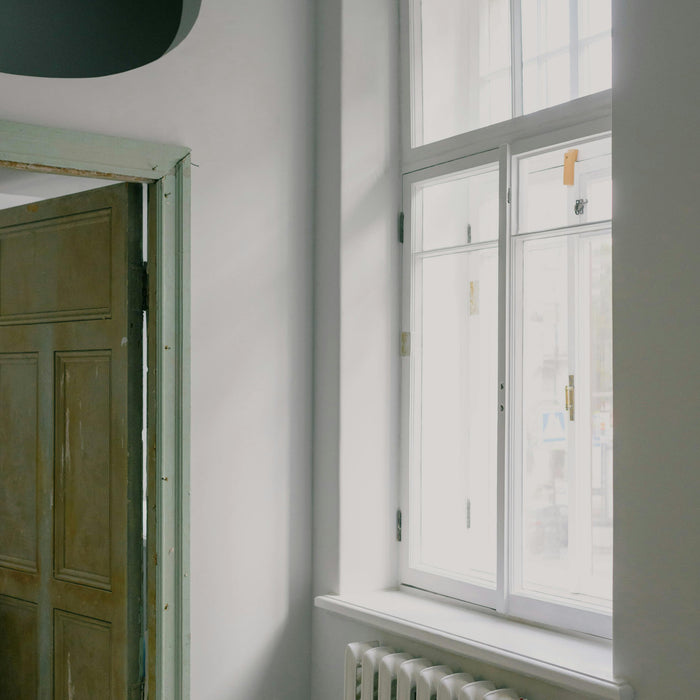
Electrical Safety Tips for Your Home or Workplace
Electrical safety is of paramount importance, whether you're at home or in the workplace. Electrical hazards can present significant risks, including fires, electric shocks, and damage to appliances. By following proper electrical safety measures, you can protect yourself, your family,...







